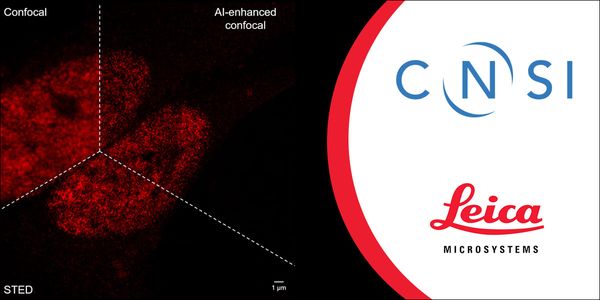Cancer Panels
Cancer Panels use next generation sequencing (NGS) technology to target specific genes or mutations that have established relevancy to a particular cancer phenotype. NGS facilitates sequencing of large genomic regions, high numbers of genes, and/or high numbers of samples in a single, efficient and cost-effective assay.
-
NOV 07, 2019 | 10:00 AMDATE: November 7, 2019TIME: 10:00am PST, 1:00pm EST Studying the pathogenesis of diabetes requires detailed analysis of the pancreatic islet microenvironment and its numerous c...Tumor mutational burden (TMB) is an emerging biomarker that correlates with response to immunotherapeutic agents, such as checkpoint inhibitors. Recent studies indicate that a high mutation l...Speaker: Ravindra Kolhe, MD, PhD
Osteosarcoma (OS) is the most common bone tumor in pediatric and adolescent/young adult patients. Over the past three decades, significant improvements in the survival rates or therapeutic ap...
Speaker:
Troy McEachron, PhD
Presented at: Cancer Research & Oncology Week Virtual Event Series 2019
Sponsored By: NanoString Technologies
Sponsored By: NanoString Technologies
MIBI is a powerful platform for identifying and analyzing multiple antigens in formalin-fixed paraffin-embedded tissues. This multiplexed methodology permits the identification of 40+ protein...
Speaker:
Selena Ferrian
SEP 27, 2019 | 9:00 AM
DATE: September 27, 2019TIME: 9:00am PT, 12:00pm ET Thienopyrazole derivatives have recently emerged as effective antitumoral agents with kinase inhibitory activity. In this s...
Spatial transcriptomics methods permit gene expression from focal areas within a tissue to be profiled while maintaining the morphologic context of the tissue microenvironment. This presentat...
SEP 19, 2019 | 9:00 AM
DATE: September 19, 2019TIME: 9:00am PT, 12:00pm ET Cancer research continues to push the boundaries with new advancements in tissue analysis and biomarker detection. Now, more...
Speaker:
Bethany Remeniuk, PhD
, Traci DeGeer, BS, HT (ASCP) HTL, QIHC
Sponsored By: Leica Biosystems
SEP 10, 2019 | 9:00 AM
DATE: September 10, 2019TIME: 9:00am PDTAfter new users become familiar with flow cytometry instrumentation and learn how to set up the instrument and acquire data, the next topic to ma...
JUL 24, 2019 | 8:00 AM
DATE: July 24, 2019TIMEL 8:00am PT Mass cytometry (CyTOF®) is a powerful approach to characterize the immune composition of complex biological specimens and gain insights in...
The long term goal of our collaborative effort is to bring precision medicine to the practice of veterinary oncology, using the wealth of genomic data gathered in human cancers as a roadmap....
Speaker:
Duane Hassane, PhD
, Guannan Wang, PhD
APR 18, 2019 | 9:00 AM
DATE: April 18, 2019 TIME: 9:00am PDT...
Speaker:
Aydogan Ozcan, PhD
, Hongda Wang, MS, BS
, Yair Rivenson, PhD
, Laurent Bentolila, PhD
Sponsored By: Leica Microsystems
Myeloid leukemias encompass a group of different diseases that include myeloproliferative neoplasms (MPN), myelodysplastic syndrome (MDS) or acute myeloid leukemia (AML). These diseases are d...
Speaker:
Véronique Laloux, PhD
, Beate Litzenburger, Ph.D.
Personalized medicine driven by genomic-based treatments continues to increase in importance. Representatives from two distinct healthcare entities – a regional reference lab and commun...
Speaker:
Tony Magliocco, MD
, Keith Gligorich, PhD
The BRCA1 and BRCA2 genes represent the best examples of the modern understanding of cancer molecular genetics. Testing for germline and somatic mutations in BRCA 1/2 has gradually become com...
Speaker:
Anika Joecker, PhD
, Jennifer Poitras, PhD
























